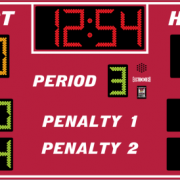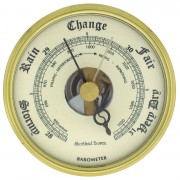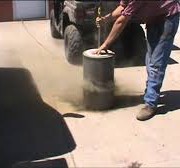Questions from Farmers
Over the winter, I do a number of speaking engagements, usually around finance and management. Here are some questions and comments from the audience, and excerpts of my response.
Farmer: How do I improve my working capital and current ratio?
Kim: Simply put, either reduce your current liabilities or increase your current assets…or both! Considering current liabilities, what makes up the lion’s share? Typically it’s lines of credit, cash advances, and loan payments due in the current year. So to achieve the goal of reducing current liabilities, over time (because it will take time) wean yourself off of operating credit. Protect, even hoard, your cash over time so that you can achieve working capital equal to 50% of your annual cash costs. By the time you achieve that level of working capital, your current ratio should be very strong.
Farmer: As someone who is still in growth phase, I can’t expect the kind of return on my cash costs that you’re suggesting. Isn’t it okay to run at zero because I’m in a growth phase?
Kim: First, your business and the industry are cyclical, so yes there will be years when your return is zero, but don’t accept being at zero year over year for any length of time. That being said, your growth phase is likely running your cash to zero, and what I’m prescribing as “return on cash costs” is a profitability measure; they’re different. A business can be profitable and have no cash because the cash might be immediately fed directly into the growth of the business. Yes, you’re going to run tight on cash during a growth phase, but don’t accept poor profitability.
The following are a sample of comments made by participants:
- Mentioning “Mission” and “Vision” statements is interesting. I don’t think having one makes you more money, but it’s funny how those that have one are doing better than those that don’t.
- I’m trying to figure out how to value unborn calves when looking at my working capital.
- This current ratio figure is going to swing widely depending on when (what time of year) you do it.
- Don’t buy (something like equipment or pick-up trucks) just because you have some cash.
- We’ve got someone doing our books for us, and we review all our ratios monthly.
- I never viewed HR as a risk before.
- Every farmer should attend this seminar. Even if they know everything you’ve discussed, it’s a good refresher.
Plan for Prosperity
There is a reason I use the heading “Plan for Prosperity” for my closing comments: we need to plan our businesses. Whether that be our 10 year strategy, the next 18 months of cash flow, or determining how our growth aspirations would be affected by a rising dollar or rising interest rates, planning is key to your business. And the planning must, yes…MUST, go beyond the crop plan. That crop plan is but one aspect of your business. Don’t ignore the others unless you don’t want prosperity.
When considering how to approach the plans you must address in your business, consider the following three questions in order:
- Why do we do what we do?
- What do we want to achieve?
- How will we do it?
If you’ve managed to provide honest and detailed answers, the rest of the “planning” becomes much more clear.












Leave a Reply
Want to join the discussion?Feel free to contribute!